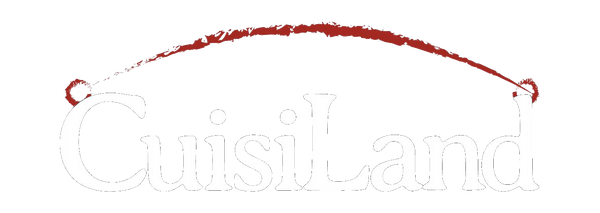You may already have a set of cast-iron cookware, or you may be asking yourself, why should I invest in a cast-iron pan? For that matter, why invest in a cast-iron pan cookbook? The unique properties of cast iron make it ideal for baking, sauteing, fring, slow cooking, and more. A well made pan is virtually indestructible and when properly seasoned is nonstick. Iron is almost endlessly recyclable, so not only will it last you a lifetime, but you can feel good knowing it never has to end up in a landfill. A good pan will also add trace amounts of iron - a necessary nutrient - to your diet.
Cast iron heats slowly and holds that heat. It's a bit of a myth that it holds heat evenly, though. The pan will always be hotter directly over the burner. (You can sprinkle some flour in your pan and place it on a burner to see. The flour will darken first where the pan gets hottest.) To remedy this, consider purchasing a heat diffuser.
Recipes that are designed for cast iron take into account slower heating times and longer heat retention. Where glass will keep your baked goods light, cast iron is the choice for when you want a screaming hot pan for searing or a terrific golden crust.
The pans work on gas and electric stoves. They can go in the oven and can be used on induction burners and direct heat; outdoors, too, on a grill, hearth, or open fire. Many recipes in this book include directions for outdoor cooking.
At the most basic level, a cast-iron pan is just that: a pan made of iron that was cast in sand-blast molds, then polished. The tools have been slightly upgraded, but the manufacturing technique is the same as it has been for hundreds of years.
When buying cast iron, you will notice that there's only one major manufacturer left in America: Lodge. However, there are several very popular vintage brands you can buy online or find at garage sales or thrift shops. Happily, there are also at least two small - very small; they have waiting lists for their pans - craftsmen making pans to order: Finex in Portland, Oregon, and Borough Furnace in Syracuse, New York. They are worth seeking out.
Whether you decide to buy a brand-new pan or go with something vintage, think about what shapes and sizes you need. For the purposes of this book, you should have a 10- and a 12-inch skillet and 5- and 8-quart Dutch ovens (if you can only buy one size of each, go with the larger choices). Always consider the weight of a pan when purchasing. If it's too heavy to pick up, you aren't going to use it.

